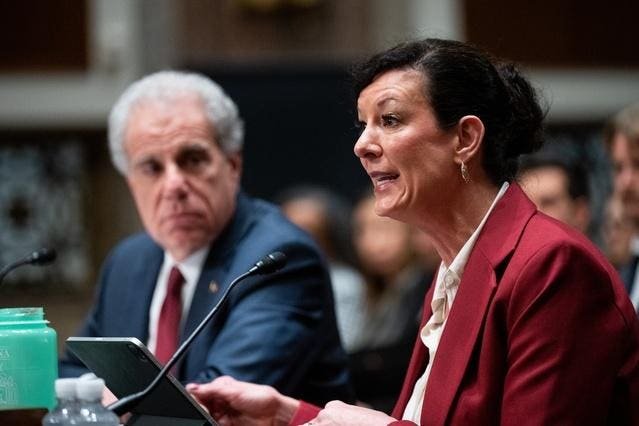Federal Bureau of Prisons (BOP) Director Colette Peters released a new video to clarify the rules regarding First Step Act credits and their application towards reducing a prisoner’s term of incarceration. This video marks an important step towards transparency by explaining the rewards prisoners can earn to potentially get released earlier, as well as the complexities of the First Step Act, signed into law under President Donald Trump in December 2018. The video aims to inform both prisoners and staff about the law’s attributes and how it can affect their sentences.
While the BOP’s video demonstrates progress in implementing the First Step Act, it also addresses concerns raised by NBC News about prisoners seemingly being kept in prison longer than necessary. Case managers, responsible for implementing the law, are facing challenges due to their interpretations of the law and issues with halfway house capacity. Many prisoners feel that they are not fully benefiting from the First Step Act, which raises questions about the law’s effectiveness in practice.
The BOP previously issued guidance in 2013 highlighting challenges related to halfway house capacity across the country. Despite the need for increased space in halfway houses, the criteria for placement considers factors such as community safety and the need for supervision during the prisoner’s transition back into society. With the First Step Act placing more individuals in halfway houses for extended periods, there will likely be a growing demand for available space.
An interesting point of contention arises from the BOP’s policy regarding halfway house placements. While the law appears to benefit those with minimum risk of recidivism, conflicting statements suggest that placing low-risk individuals in halfway houses may not always be beneficial. However, research supporting these claims is lacking, leaving uncertainties about the potential impact of certain prisoners being placed in the community towards the end of their sentences.
Concerns have been raised about the BOP’s handling of the assessment process for prisoner release under the First Step Act. While stacking benefits from both the First Step Act and the Second Chance Act is allowed, operational challenges exist in determining when a prisoner is eligible for home confinement. The absence of a specified calculator to predict release dates creates delays in transitioning prisoners to prerelease custody, hindering the enforcement of the laws’ intended benefits.
As the BOP confronts challenges in effectively implementing the First Step Act, communication and coordination among staff and prisoners become crucial. The video released by Director Colette Peters serves as a tool to facilitate discussions and address concerns about the law’s application. By promoting transparency and providing clarity on the rules, the BOP aims to streamline the process and ensure that prisoners receive the benefits they are entitled to under the First Step Act.

